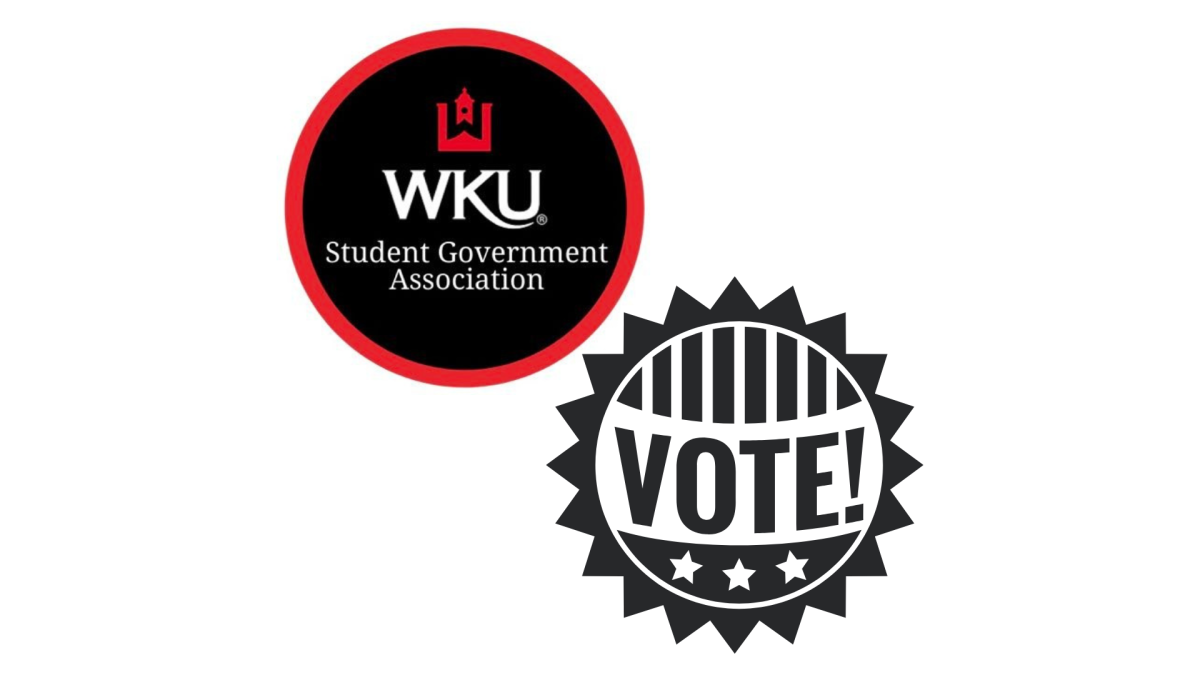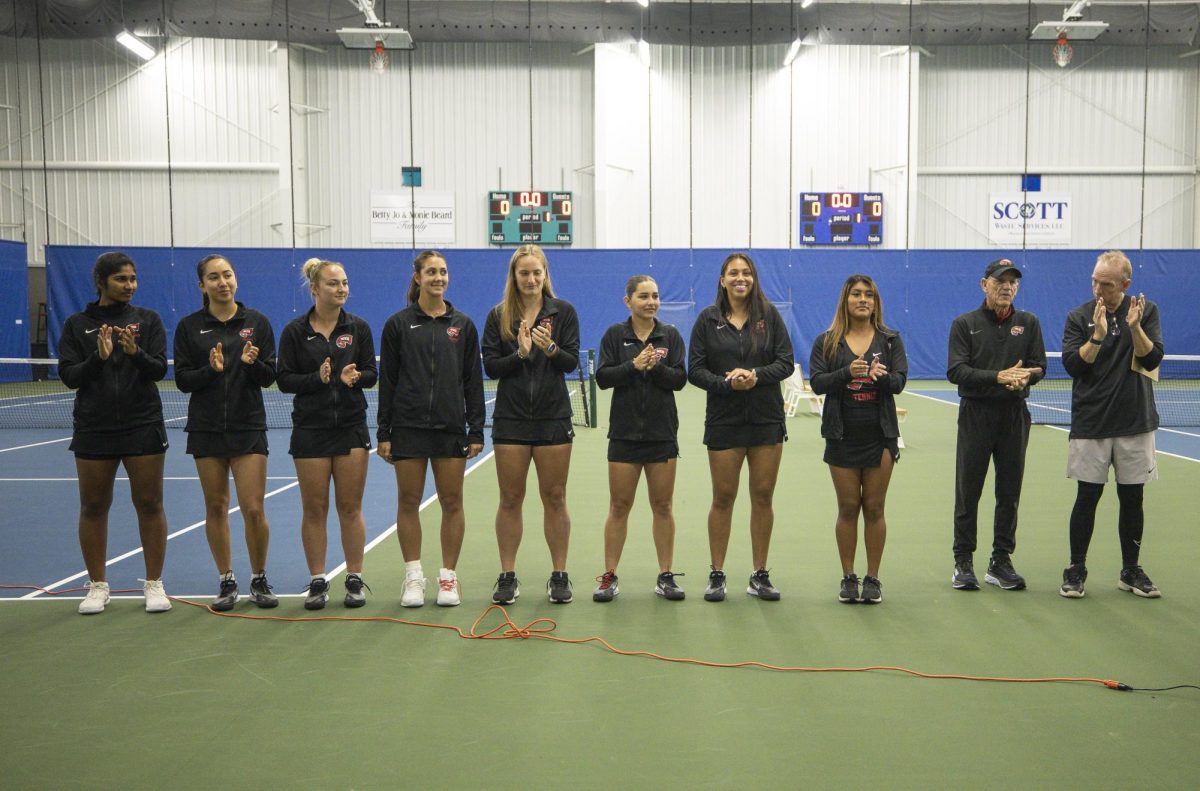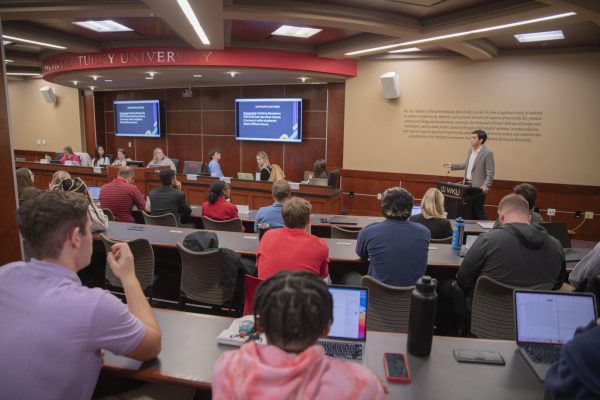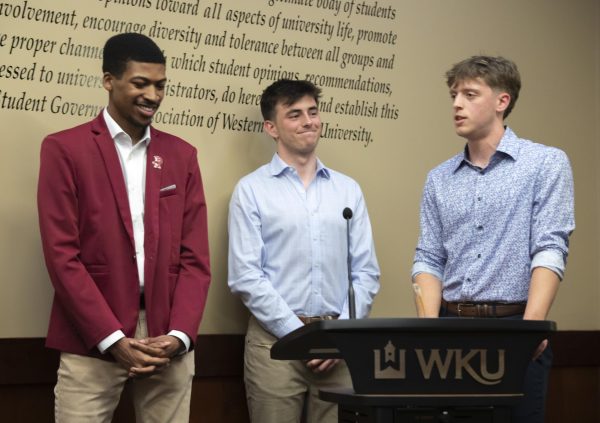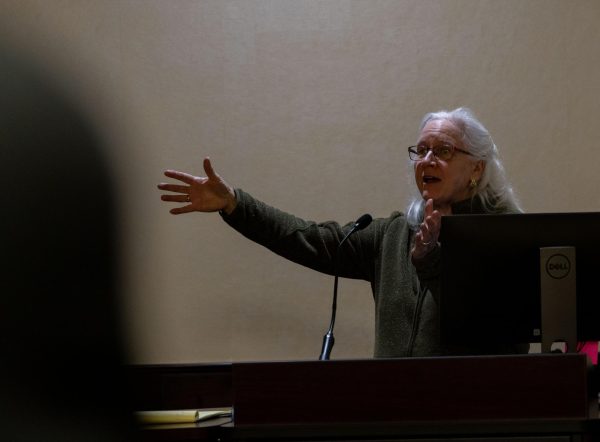Sophomore, international student enrollment declines
November 10, 2016
Sophomore and international student enrollment at WKU have declined, according to the fall 2016 enrollment report. The report also shows a one percent increase in total enrollment.
Sophomore student enrollment decreased seven percent, or 211 students in total. However, this change isn’t necessarily attributed to low retention.
More first-time, first-year students are enrolling at WKU with previously earned college credit. This allows those students to skip sophomore classification in the annual enrollment census by progressing to junior status by their second year.
Additionally, there was a decrease in readmits and transfer students coming in as sophomores.
“The incoming quality of the class remains strong,” Brian Meredith, chief enrollment and graduation officer, said. “You have to look at it beyond just the number. There are a lot of factors bombarding that classification.”
Approximately 45 percent of students are coming to WKU with previously earned college credit through Advanced Placement and dual-credit programs, Sharon Hunter, director of strategic enrollment management and retention support, said.
Scholarships for transfer students are being offered for students with 60 previously earned credit hours and a junior standing. Therefore, students are choosing to transfer as juniors to receive these scholarships.
“As we evolve our scholarship program over the last couple of years we’ve made these transfer scholarships marketable and attractive to students so they may be choosing to come in as juniors from two year schools,” Meredith said.
Hunter said the trend in retention has been relatively flat at close to 73 percent, but she hopes to see an increase.
“Retention is going to be our focus,” Hunter said. “We are thankful for the emphasis on the decrease in sophomore numbers because it’s helped us capture and focus everybody on retention, which is the next step.”
Hunter said the decrease in sophomores is a good problem to have because it means students are graduating earlier which is cost-effective for the students.
“We have become more efficient in getting a student out in an average of four years,” she said.
The number of international students enrolled at WKU has also decreased. The number of Saudi Arabian students has dropped 13.3 percent since last year. The number of Chinese students has declined 13.9 percent.
“You’re always going to have shifts in enrollment from various countries because there are so many different variables,” Stephanie Sieggreen, director of international enrollment management said.
“We try to stay attuned and try to forecast as much as possible,” Sieggreen said.
The International Student Office follows the political and economic climate in foreign countries, which factors into the number of international students who come to WKU. Political and economic changes in those countries can affect students’ opportunities to study abroad.
“This is something we’ve known about for the past couple of years,” she said of the decline in the international student population at WKU.
Sieggreen said she was expecting the decline in Saudi Arabian students at WKU, but that she had no way of knowing exactly when those numbers would fall or by how much.
Even after the drop, WKU is still the second leading institution in the nation for Saudi Arabian students, following Kent State.
“When we’re talking about enrollment, you always want to surpass what you’ve had, but when you know you’re already one of the top ones, to try to beat that every year, you know that it’s going to take a dip at some point,” she said.
The ISO recently implemented a five year plan to help those numbers grow again.
New leadership, new support structures, economic forecasting and sustainability with other partnerships abroad are part of that international student recruitment plan.
WKU’s international diplomats are also working to bring more global variety on campus.
Sieggreen said the international enrollment management is making efforts to revitalize academic programs and initiatives that WKU has had success with in the past.
Sieggreen said she didn’t think there is an ideal capacity of international students, but she just wants to try to make WKU the right fit for any student.
“The thing that makes WKU special is that it’s a big-small place,” Hunter said in regards to the entire university, including all students, not just those within the traditional demographic. “Your faculty know you. It still feels warm. If you get too large, it doesn’t have that same feeling.”
Meredith said enrollment management is really more of an art than science. An enrollment size of about 20,000 is an “environment that we’ll probably continue to see in coming years because we’re a well-branded institution,” he said.
“We want to have the resources to give every student that world class education, but we want to be large enough to be global in our scope and to offer the majors and experiences that students demand,” Hunter said. “Is that the right size? It’s a feel thing. I don’t think there’s a formula.”
Reporter Callie Miller can be reached at 270-745-6011 and [email protected]. Follow her on Twitter at @callie_miller8.










